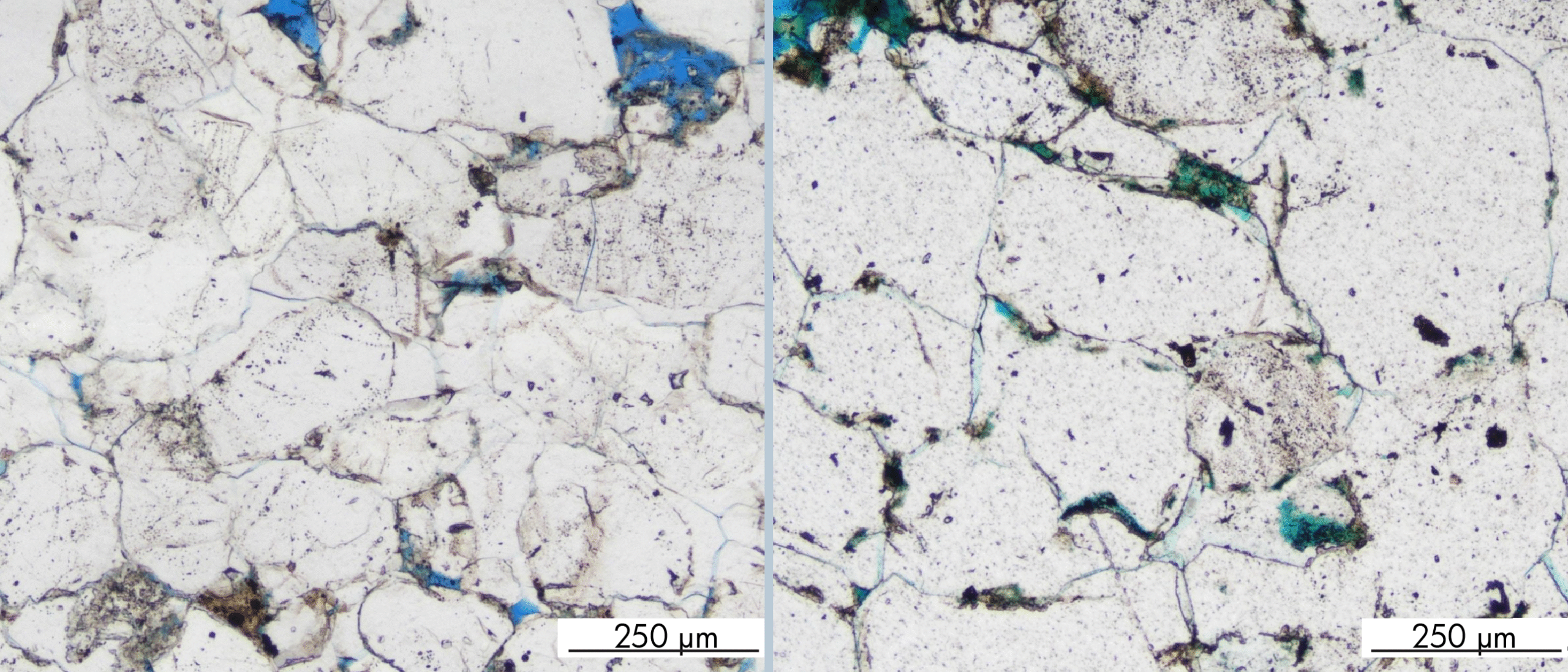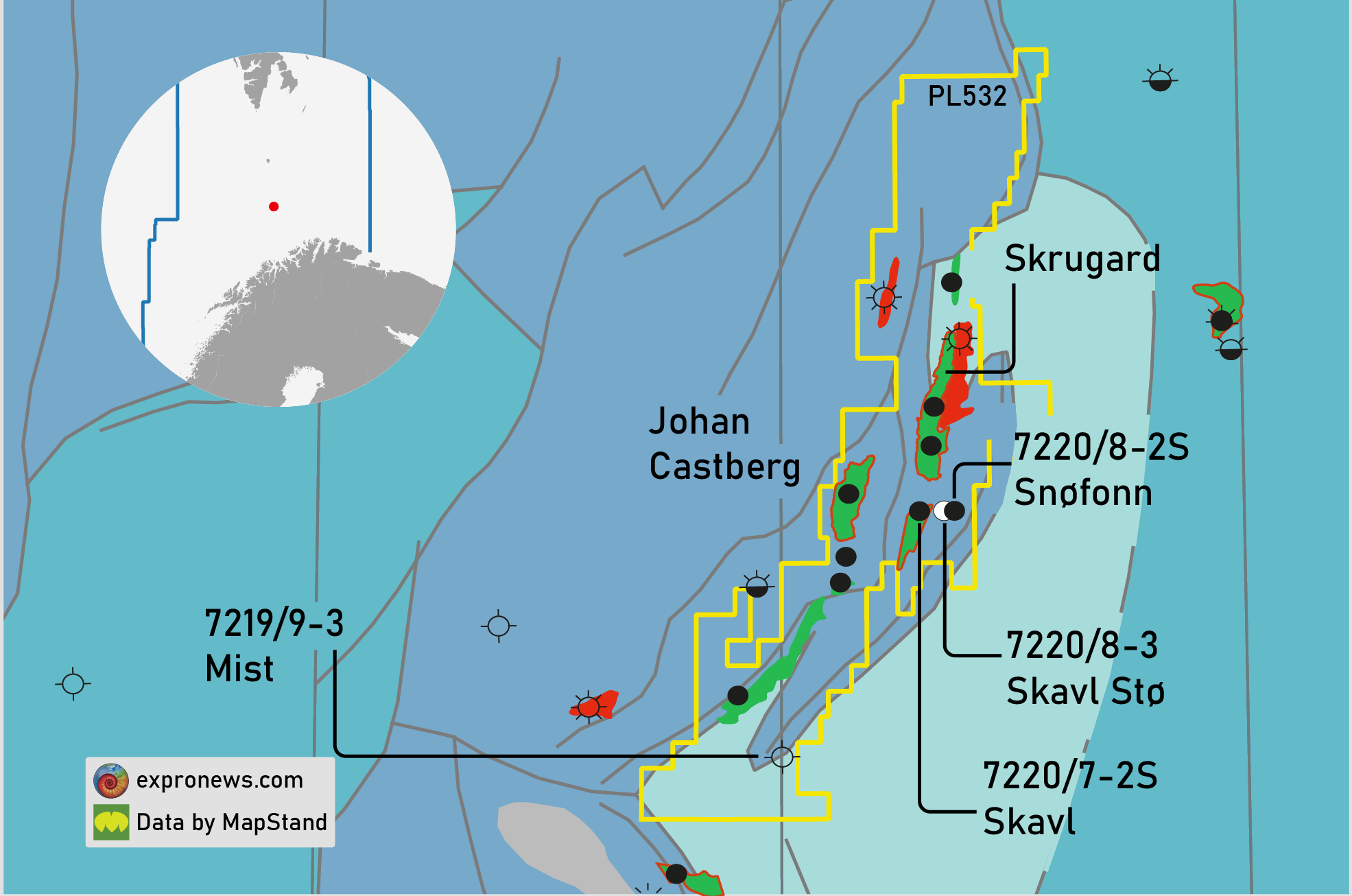“We are hoping for many discoveries in the Greater Castberg area in the years to come”, said Hossein Mehdi Zadeh, Principal Geophysicist at Equinor during the NCS Exploration – Recent Advances Conference in May.
The Johan Castberg field (Skrugard, Havis and Drivis) in the Bjørnøyrenna Fault Complex was discovered in the years 2011 – 2014. Since 2014, several other discoveries have been made in what is now collectively referred to as the Greater Castberg area. Equinor (50%) and partners Vår Energi (30%) and Petoro (20%) expect first production from Johan Castberg late 2022.

According to Zadeh, new discoveries are essential to supplement production by as early as 2024, meaning the licence partners are eager to continue exploring this prolific area in the Barents Sea. “There are several challenges we face in this area, including the fact that remaining targets may consist of thinner reservoirs and more tectonically complex settings such as injected sand bodies, rotated fault blocks and deep channels.”
Zadeh said that each of these challenges brings its own requirement from seismic data in terms of signal-to-noise, AVO, and spatial and temporal resolution. In addition, major uplift and erosion means the area exhibit unusually high velocities close to the seafloor, resulting in strong transmission effects and critical angles at very short offsets. Other Barents Sea features to be addressed include iceberg scours and shallow gas.
A multi-client 3D conventional steamer seismic survey acquired by WesternGeco in 2008 – 2009, together with subsequent reprocessing, led to most of the early discoveries. In addition, new seismic campaigns were executed in 2014 and 2019.
In 2014, a multi-client 3D Ocean Bottom Seismic (OBS) was acquired by Magseis Fairfield. PS imaging using the OBS survey improved the image below the larger overburden gas anomalies.
In 2019, a multi-client high-resolution streamer survey with source-over-the-spread acquisition was acquired as a TGS and CGG joint venture over the Greater Castberg area. This two-boat operation had the first vessel with densely spaced long streamers and a front source.
The front source in combination with long streamers allows for diving wave input to FWI velocity model building down to the deepest overburden gas anomalies.
The second over-the-streamer vessel with a penta-source configuration provided the short offsets and spatial resolution, essential for AVA analysis and high-resolution imaging of shallow targets.
Source: Hossein Mehdi Zadeh, Michael J. Sheath, Stig-Kyrre Foss, Mark Rhodes, Ben King and Øystein Wergeland, Equinor
“We are hoping for new discoveries from the 2019 campaign, and we are continuously seeking the best available fit-for-purpose seismic technology to address and improve the imaging challenges and high-grade the remaining prospectivity in the Greater Castberg area”, Hossein Mehdi Zadeh added.
In March this year, Equinor announced the discovery of a fourth potential Johan Castberg accumulation with the completion of the Isflak 7220/7-4 well, which could add another 31 to 50 MMboe recoverable to the overall development.
The Johan Castberg field is situated about 100 kilometers north of the Snøhvit field. It will be developed with an FPSO+ production vessel together with subsea solutions. Proven volumes are estimated at between 400 and 600 MMboe.
The reservoirs contain oil with gas caps in three separate sandstone deposits from Late Triassic to Middle Jurassic age in the Tubåen, Nordmela and Stø Formations at depths of 1,350 to 1,900 meters. The field will be produced by pressure support from gas and water injection.
RONNY SETSÅ





